Injection Mould Design
Description
Injection mold design is a crucial step in the manufacturing process of plastic parts. It involves creating a comprehensive and efficient plan for the construction of an injection mold that meets the desired specifications of the final product. Here is an overview of the key considerations and steps involved in injection mold design:
Part Design Analysis: The first step in mold design is to thoroughly analyze the part design. This includes evaluating the part’s geometry, dimensions, draft angles, wall thickness, and any special features or requirements. It is essential to ensure that the part can be manufactured using injection molding and that it can be properly ejected from the mold.
Material Selection: The selection of the appropriate plastic material is critical in mold design. Factors such as mechanical properties, temperature resistance, chemical compatibility, and aesthetic requirements should be considered. The material choice impacts the mold design, cooling system, and overall production process.
Mold Type Selection: Based on the part design and production requirements, the type of mold to be used is determined. Common types include single-cavity molds, multi-cavity molds, family molds, hot runner molds, and stack molds. Each type has its advantages and considerations, such as cost, production volume, and complexity.
Gate and Runner Design: The location and design of the gate, through which the molten plastic enters the mold cavity, play a crucial role in mold design. Factors such as part geometry, material flow, and aesthetic considerations are taken into account. Similarly, the design of the runner system, which distributes the plastic to multiple cavities in multi-cavity molds, needs careful consideration.
Cooling System Design: Proper cooling is essential for efficient production and high-quality parts. The cooling system design involves strategically placing cooling channels within the mold to extract heat from the molten plastic. Efficient cooling helps in reducing cycle time, minimizing warpage, and achieving consistent part dimensions.
Ejection System Design: The ejection system ensures the proper release of the finished part from the mold. It includes ejector pins, ejector plates, slides, lifters, and other components. The ejection system design should be carefully planned to avoid damage to the part or mold and facilitate smooth ejection.
Venting and Mold Release: Adequate venting is necessary to allow air to escape from the mold cavity during the injection process. Insufficient venting can lead to defects such as air traps or burning marks. Mold release agents may also be considered to facilitate easy part ejection and prevent sticking.
MoldManufacturing Considerations: During the mold design process, manufacturability aspects should be taken into account. Mold manufacturing techniques, such as CNC machining or EDM (Electrical Discharge Machining), should be considered for creating the mold components with precision.
Throughout the mold design process, computer-aided design (CAD) software is typically utilized to create a digital representation of the mold. This allows for detailed visualization, analysis, and modification of the design before moving on to the actual mold manufacturing.
It’s important to note that injection mold design requires expertise and experience. Collaboration between mold designers, engineers, and manufacturers is crucial to ensure a successful mold design that meets the requirements for efficient and high-quality production of plastic parts.
Read more: https://www.djmolding.com/injection-mould-design/






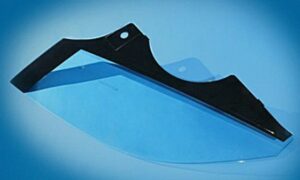

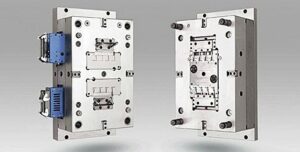
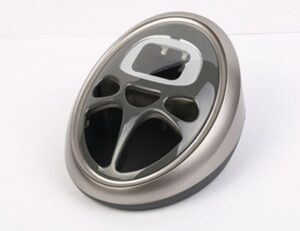


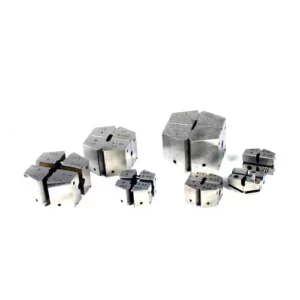
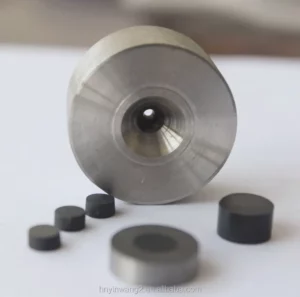



There are no reviews yet.